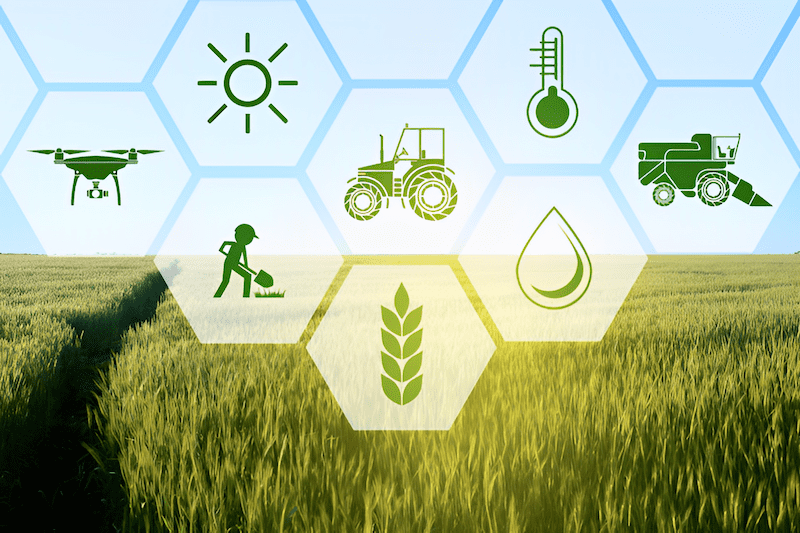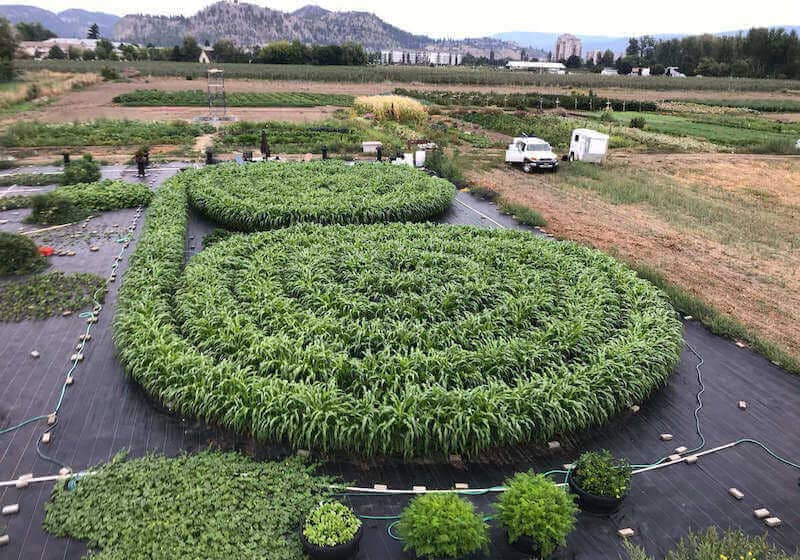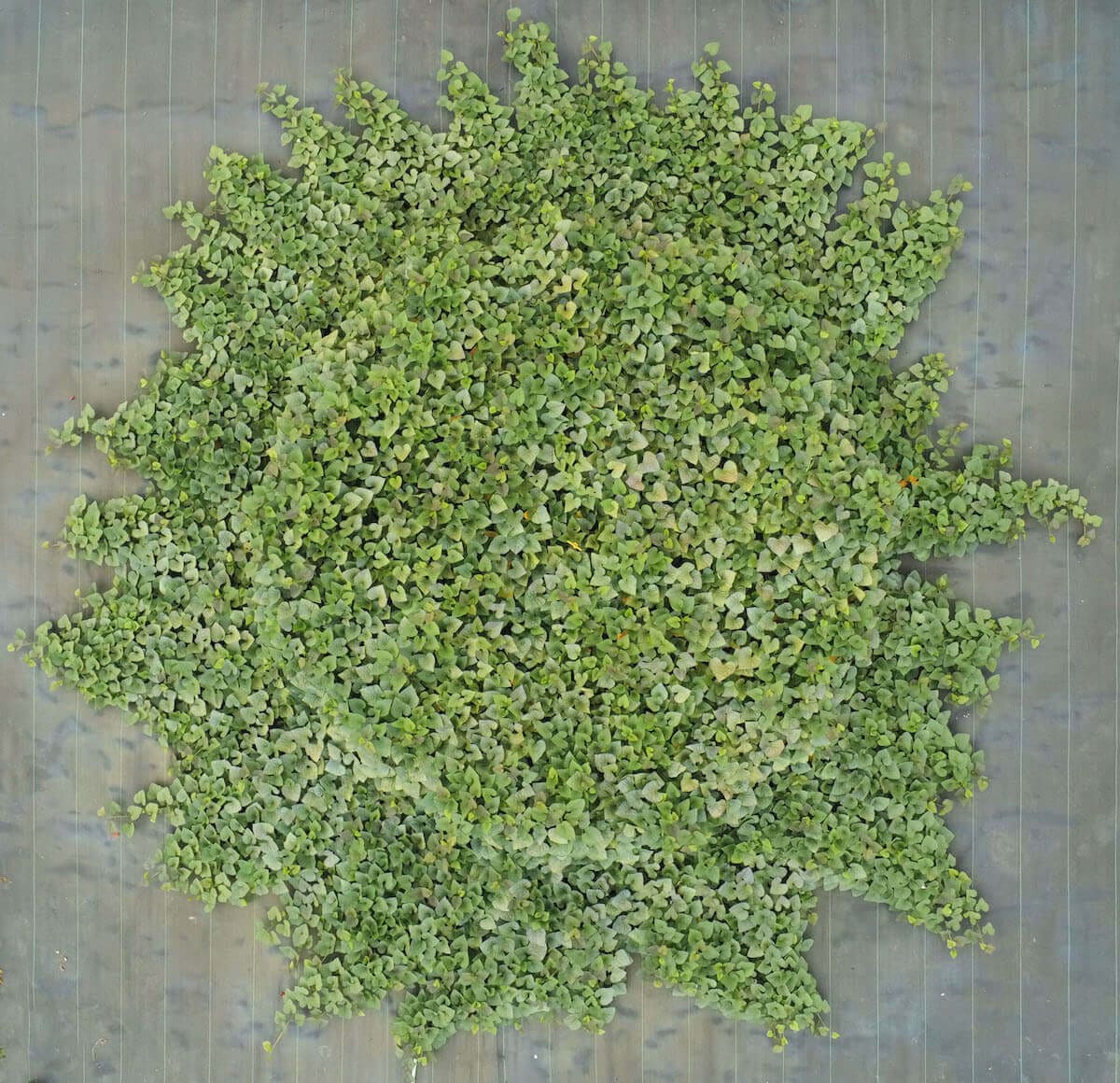
You may have heard the terms sustainable farming and climate smart agriculture being bandied about, but what do they really mean? Sustainable farming is a method of farming that focuses on producing food while maintaining the health of the land and its ecosystems. It highlights the importance of preserving the environment, improving soil fertility, and promoting biodiversity.
Climate smart agriculture, on the other hand, is a newer approach to farming that seeks to transform and reorient agricultural systems in order to support food security under the new realities of climate change. It focuses on three main objectives: increasing agricultural productivity, adapting and building resilience to climate change, and reducing greenhouse gas emissions.
Together, sustainable farming and climate smart agriculture form a comprehensive approach to food production that is mindful of the environment, climate change, and long-term agricultural productivity.

Adaptation, mitigation, and resilience are the crucial pillars of sustainable farming. Adaptation refers to the adjustments that farmers make in response to actual or expected climate changes. This can involve changes in crop varieties, planting times, and farming techniques.
Mitigation, meanwhile, involves reducing the greenhouse gases that contribute to global warming. This is often achieved through conservation tillage, cover cropping,, and nutrient management.
Resilience is the ability of a farming system to absorb disturbances and shocks while maintaining the productivity of the farm. This might involve diversifying crop species, implementing agroforestry practices, or improving soil health. Together, these three elements form a strong foundation for sustainable farming in the face of climate change.
Water management is a critical component of climate smart agriculture. Inefficient water use can lead to water scarcity, soil salinity, soil compaction, loss of biodiversity and environmental degradation. Therefore, it's important to implement strategies that optimize water use, reduce waste, and conserve water resources while protecting the environment.
One such strategy is precision irrigation, which uses advanced technology to apply the right amount of water at the right time. This not only conserves water but also improves crop yield, quality and protects plants from pests and disease. Rainwater harvesting and the use of drought-resistant crop varieties are also effective water management strategies.
More farmers are increasingly turning to soil moisture monitoring and weather forecasting technologies to better manage their water resources. These techniques provide accurate, real-time data that can help farmers make informed decisions about irrigation.
Crop diversification is a key strategy in sustainable agriculture. By growing a variety of crops, farmers can reduce their dependence on a single crop, which reduces the chance of a devastating crop failure and increase their resilience to climate change. Diversification can also improve soil health, reduce damage causes by pests and disease, and enhance biodiversity.
Intercropping, the practice of growing two or more crops together, is another way to achieve diversification. It can improve nutrient cycling, reduce soil erosion, and increase crop productivity. Yet, another method is crop rotation, which involves changing the type of crop grown in the same field year to year. This can help break pest and disease cycles, build subterranean ecosystems and improve soil fertility.
Furthermore, farmers can diversify their income by growing a mix of staple crops, cash crops, and high-value niche crops. This can provide a buffer against market fluctuations and climate-related crop failures.
Agroforestry is a sustainable farming practice that combines the growing of trees and the cultivation of crops. Agroforestry can provide multiple benefits, including improved soil health, increased biodiversity, and enhanced carbon sequestration.
By providing shade, trees can reduce heat stress on crops such as coffee and livestock like cattle, improving their productivity. They can also help conserve soil moisture and reduce soil erosion in areas that experience bouts of heavy downpours. Trees can also provide commercial products like timber, fruits, assorted fungi, and fodder, diversifying farmers' income.
Agroforestry plays a significant role in climate change mitigation due to the fact that trees absorb carbon dioxide from the atmosphere, helping to reduce greenhouse gas emissions. In addition, trees that populate an agroforestry system can provide habitat for a wide range of wildlife species, contributing to biodiversity conservation.
Precision agriculture is a technology-based approach to small-scale farming that involves collecting and analyzing data to guide decision-making. It can help farmers use resources more efficiently, reduce environmental impact, improve crop yield and increase profit.
Farmers can use GPS technology to map their fields, monitor crop growth, and plan their week-to-week farming activities. They can also use remote sensing technology to monitor soil moisture, crop health, and potential for pest and disease outbreaks.
In some instances, precision agriculture uses automated machinery like drones and robotic harvesters, to carry out farming tasks more efficiently. The automation of farming tasks can save time, reduce waste, reduce labor costs, and virtually eliminate human error.

Accurate weather forecasting plays a vital role in climate smart agriculture. It helps farmers plan their seasonal farming activities, manage their water resources, and mitigate the risks associated with extreme weather events.
Farmers can use weekly weather forecasts to decide when to plant and harvest their crops, apply fertilizers and pesticides, and irrigate their fields. They can also use them to prepare for extreme weather events like droughts, floods, and heatwaves, by implementing appropriate adaptation strategies.
Accurate weather forecasting can also help farmers optimize their use of expensive (fertilizer) or scarce (water) resources and reduce their environmental impact. For example, by knowing when rain is expected, farmers can avoid unnecessary irrigation and reduce water wastage.
Renewable energy can play a significant role in improving supply chain efficiency in sustainable agriculture. By using renewable energy sources, like wind and solar power, farmers can reduce their reliance on fossil fuels, decrease their greenhouse gas emissions, and lower their energy costs.
Solar panels can be used to power farm machinery, irrigation systems, and farm buildings while wind turbines can be used to generate electricity for grain drying, water pumping, and other energy-intensive farming activities.
Renewable energy can also be used to power cold storage facilities and transport vehicles, reducing post-harvest losses and improving the quality and shelf life of agricultural products like grain and silage, which protects the integrity and sustainability of the agricultural supply chain.
Climate finance is used to fund agricultural projects that mitigate the harmful effects of climate change. In the context of sustainable agriculture, it supports adoption of climate smart practices, the development of climate-resilient infrastructure, and the research and development of new technologies.
Climate finance can come from public sources, such as government grants and subsidies, and private sources like bank loans, green bonds and social impact investments. It can also come from international sources, such as the Green Climate Fund and the Global Environment Facility.
Farmers can use climate finance to invest in water-efficient irrigation systems, renewable energy technologies, and soil conservation measures. They can also use it to diversify their crops, enhance their storage and processing facilities, and improve access to markets.

Conservation agriculture is a sustainable farming practice that emphasizes the protection and enhancement of soil health. It involves three key principles: minimal soil disturbance like no-till agriculture methods, permanent soil cover such as permeable weed barriers, and crop rotation.
By reducing tillage, conservation agriculture can help conserve soil moisture, reduce soil erosion, and improve soil structure. By maintaining a permanent soil cover, it can help control weeds, regulate soil temperature, and enhance soil fertility. By rotating crops, it can help break pest and disease cycles and improve nutrient cycling.
Conservation agriculture can also contribute to climate change mitigation by increasing carbon sequestration in the soil. Moreover, it can boost crop yield and income, making it an attractive option for farmers.
Integrated pest management (IPM) is a sustainable approach to managing pests and diseases. It involves a combination of biological, cultural, and chemical methods to keep pest populations under control.
IPM starts with regular monitoring and accurate identification of pests. This is followed by the implementation of preventive measures, such as crop rotation, intercropping, and the use of pest-resistant plant varieties. If the pest problem persists, farmers can use biological control methods like natural predators, parasites, and pathogens, to reduce their numbers.
Only when these measures are insufficient should farmers resort to chemical pesticides. And even then, they should use them judiciously, targeting specific pests and minimizing harm to non-target organisms, particularly in those that live in the soil. By reducing reliance on chemical pesticides, IPM can help protect both the environment and human health.
Nutrient management is also a critical component of climate-smart agriculture. It involves the efficient use of fertilizers to meet crop nutrient needs while minimizing nutrient losses or damage to the environment.
Precision nutrient management, which involves applying the right amount of fertilizer at the right time and in the right place (like what can be accomplished following no-till agriculture practices, for example) can help achieve this balance. Nutrient management can be guided by soil testing, crop monitoring, and nutrient budgeting.
Cover cropping and composting are also effective nutrient management strategies. They can improve soil fertility, increase nutrient recycling, and reduce the need for synthetic fertilizers.
Nutrient management also plays a significant role in climate change mitigation. By reducing nutrient losses, it can help minimize the emissions of nitrous oxide, a potent greenhouse gas.
Carbon trading, also known as carbon offsetting, is a mechanism that allows farmers to earn money by reducing their greenhouse gas emissions from operational activities on the farm. They can do this by implementing sustainable farming practices that increase carbon sequestration, such as agroforestry, conservation agriculture, and organic farming.
Farmers can sell their carbon credits to polluting companies and individuals looking to offset their own emissions or increase their credit score. This not only provides an additional income stream for farmers but also incentivizes them to adopt more sustainable farming practices.
In addition, carbon trading can play a significant role in climate change mitigation by putting a price on carbon, which encourages the reduction of greenhouse gas emissions on a global scale.
By maintaining a diversity of crops, livestock, and natural habitats, farmers can enhance the biodiversity of their farming systems, improve their productivity, and support a healthy environment.
Diversifying crops and livestock can provide a buffer against pests, diseases, and climate change. It can also enhance diet diversity and food security.
Natural habitat conservation, such as the preservation of hedgerows, woodlands, buffer strips and wetlands, can support a wide range of wildlife species. It can also service ecosystems with pollination, pest control, and water filtration.
Technology innovation is a game changer for climate-smart agriculture. It can provide farmers with new tools and techniques to improve their productivity, adapt to climate change, and cost-effectively reduce their environmental impact.

Innovative technologies can range from remote sensing devices and precision farming equipment to biotechnology and nanotechnology, which can help farmers monitor their crops, manage their resources, and effectively control pests and diseases.
In addition, digital technologies, such as mobile apps and online platforms, can provide farmers with access to analytical information, markets, and services. They can also facilitate learning, collaboration, and innovation among farmers, researchers, and other stakeholders from around the world.
By integrating environmental, climate, and productivity considerations, sustainable farming and climate-smart agriculture can help build a resilient and sustainable food system.
Innovation, whether in farming practices, technologies, or financial mechanisms, is key to this transformation. It can provide farmers with new ways to manage their resources, adapt to climate change, and improve their bottom line.